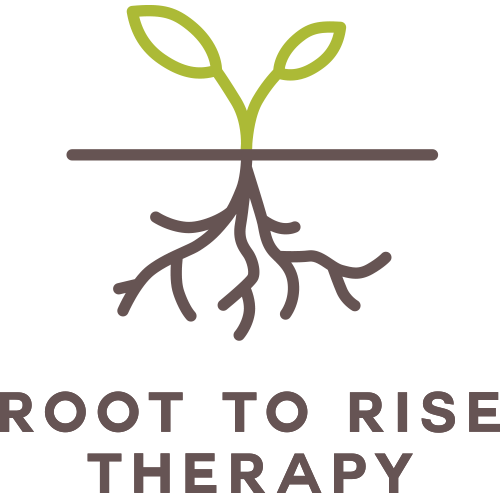Let’s Dance! Using Dance Therapy and Movement Therapy to Unlock Healing
The body keeps the score, and the body needs to be engaged in healing.
-Dr. Bessel van der Kolk
Many of my friends and clients are incredibly self-aware. They can pinpoint exactly what they’re feeling and why, yet still feel stuck. Like many, they rely on intellectualizing their emotions - using logic and analysis to explain their feelings instead of actually experiencing them. This is a defense mechanism that helps people avoid the discomfort of emotions by explaining them away, dissecting them, or shifting focus to abstract ideas rather than personal feelings. They think about feelings rather than truly feeling them. For example, instead of saying, "I'm really hurt by what my partner said," someone might intellectualize by saying, "Well, based on attachment theory insights, it makes sense that I'd have this reaction given my childhood experiences." While that insight is helpful, it can also create emotional detachment, making it harder to truly process pain; our emotions and experiences aren’t just stored in our minds - they’re somatic, meaning they live in the body.
The Science Behind Movement
Research increasingly supports movement - especially dance - as a powerful tool for emotional regulation, trauma processing, and overall mental health.
According to Dr. Bessel van der Kolk’s The Body Keeps the Score, trauma is stored in the body, and movement-based therapies help process and release these stored emotions. Somatic movement approaches, including dance, can help individuals regain a sense of safety in their bodies and complete the body’s stress response cycle.
Van der Kolk emphasizes that traditional talk therapy alone is often not enough for trauma healing because trauma isn’t just cognitive - it’s somatic. Movement allows people to reconnect with their bodies in ways that talking alone might not. Trauma can make individuals feel disconnected from their physical selves, but dance, especially when done intentionally, helps restore a sense of control, rhythm, and grounding.
Further, trauma survivors often get stuck in cycles of hyperarousal (fight-or-flight) or shutdown (freeze). Dance activates both the sympathetic and parasympathetic nervous systems in a way that allows for movement through these states, helping regulate emotions and increase dopamine and serotonin production.
Ways to Incorporate Movement for Emotional Processing
Intentional Dance: Move freely to music based on how you feel.
Grounding Movements: Simple gestures like rocking, swaying, or stretching to regulate the nervous system.
Body Scans & Micro-Movements: Notice tension and respond with small, gentle movements.
Daily Practices: Find ways to weave movement into everyday life.
Try This Movement Exercise!
Take a moment to check in with your body. Are there areas of tension?
Try some deep breaths or gentle stretching to bring awareness to your physical state.
Start with small movements, like swaying or shifting your weight, to encourage connection with your body.
If you have an emotion you want to explore—stress, joy, grief—express it through movement. If your feeling had a shape or motion, what would it look like?
For anxiety, try slow, grounding movements. For depression, experiment with gentle, expansive gestures to counter stagnation.
If comfortable, add music to encourage spontaneity and let your body lead.
Reflect: How did your body feel before and after? Did any emotions or insights surface?
Conclusion
Dance isn’t just an art form - it’s a therapeutic practice that taps into the body’s natural ability to heal. I encourage you to experiment with movement as a form of emotional processing. This isn’t about technique or performance, it’s about tuning into your body, noticing what feels natural, and allowing your movement to channel the emotions. Whether it’s subtle gestures, deep breathing, stretching, or full-body expression, dance and movement offer a path to explore and release emotions in a safe, supportive way. Try a short movement practice today and reflect on how it feels. If you’re feeling stuck and need extra support with processing emotions, consider reaching out to our Client Care Coordinator today to find a therapist who can best support you.
Happy dancing,
Root to Rise Therapy LA







